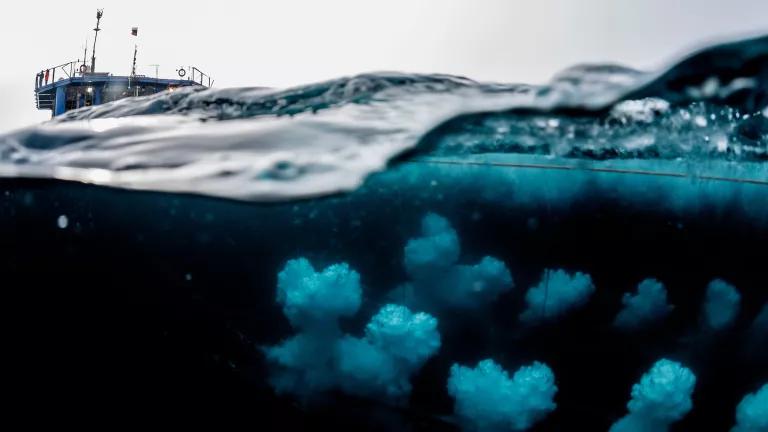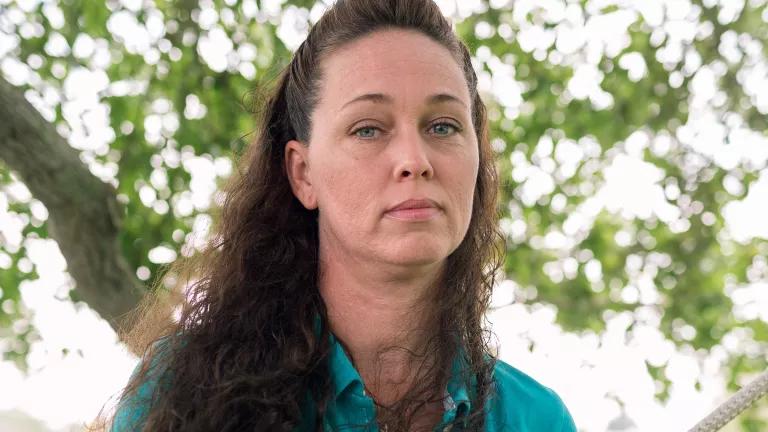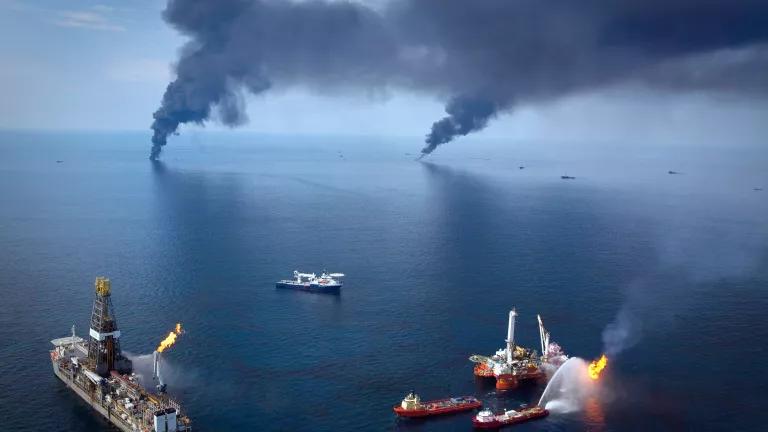Summary of Information Concerning the Ecological and Economic Impacts of the BP Deepwater Horizon Oil Spill Disaster
On April 20, 2010, the BP oil company’s Macondo well blew out in mile-deep water in the Gulf of Mexico, causing the Deepwater Horizon drill rig to explode, killing 11 workers, injuring 17 others, and initiating one of the worst environmental disasters in American history. Over the course of 87 days, the nation watched in horror as numerous attempts to cap the gushing Macondo well failed. When the flow finally stopped on July 15, 2010, an estimated 171 million gallons of oil had leaked into the highly productive and biodiverse Gulf of Mexico. Furthermore, 1.8 million gallons of toxic chemical dispersants were used in response efforts.
The fallout of this catastrophe included the tragic loss of the workers’ lives, harm to the health of many Gulf coast residents, and an ecological and economic disaster that is still unfolding. We are still learning the full extent of the environmental damage, but federal agencies have estimated that the harm will last for generations. The federal government is still in the process of conducting its Natural Resource Damage Assessment, which will document the damage to the Gulf’s natural environment and identify the restoration work that the responsible parties will be required to complete; many of these studies are not yet publicly available. Furthermore, some of the businesses and individuals who fell victim to the Gulf oil disaster are still seeking compensation for their losses. The total price tag has yet to be determined. However, nearly five years later, we are starting to better understand some of the ecological and economic impacts. This white paper summarizes a range of published peer-reviewed studies and economic analyses publicly available as of May 2015.




